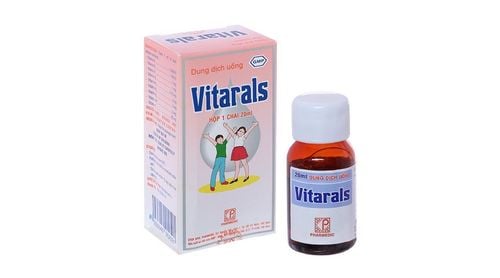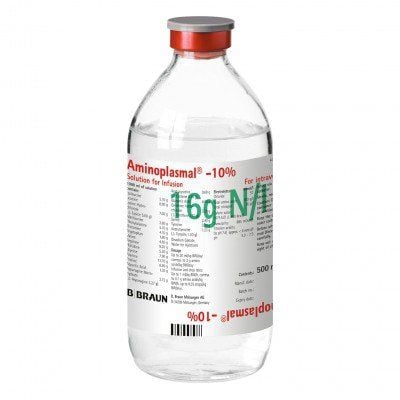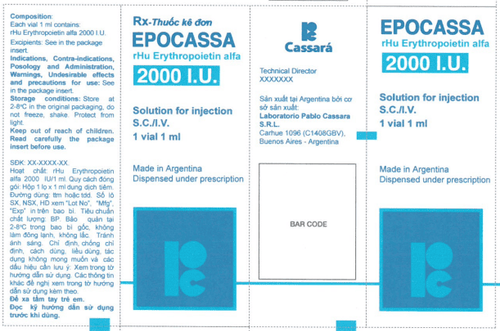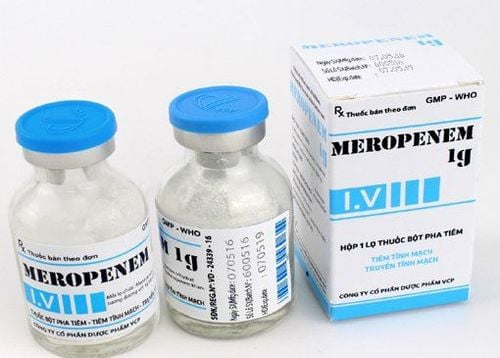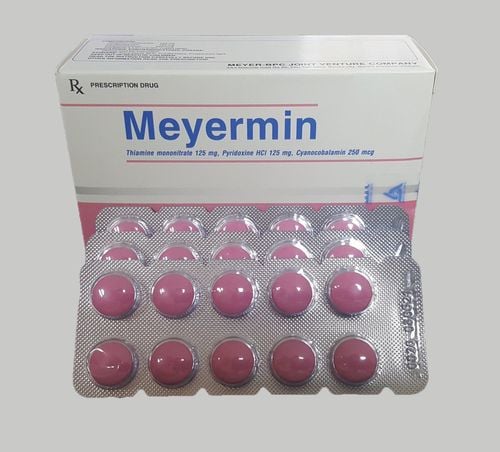This is an automatically translated article.
Harlequin ichthyosis is one of the dreaded skin diseases as it is a rare genetic condition that mainly affects children and young people. When infected, the disease causes our skin to become hard and thick, to appear deep cracks that cause burning pain, easy infection and rapid dehydration.
1. What is Harlequin ichthyosis?
Harlequin ichthyosis is also known by other names such as Harlequin-type ichthyosis, Harlequin baby, Harlequin ichthyosis... abbreviated as HI and Vietnamese name is fish scale disease. According to evaluation, this is inherently a genetic form that makes the dermis 10 times thicker than normal with a very fast growth rate.
HI was discovered in 1750 in the diary of pastor Oliver Hart of Charleston, South Carolina, USA. According to Oliver Hart, on Thursday, April 5, 1750, he witnessed with his own eyes a baby born with dry skin, cracks like fish scales and many other deformities. And from the time of birth this baby only lived for about 48 hours.
When a patient is diagnosed with ichthyosis, they need constant care to keep the body skin hydrated. The cause of death in these individuals is often determined to be systemic infection at the fissures.
2. Typical symptoms of Harlequin ichthyosis
In fact, the symptoms of ichthyosis vulgaris are inherently not fixed, but will often change according to different age groups. Some typical symptoms that often appear in patients can be mentioned as follows:
2.1 Symptoms in infants Most babies with Harlequin ichthyosis are born prematurely. The first sign on your baby's body is the appearance of hard, thick scales all over the body. At this time, the skin on young people often becomes dry and hard with a few different problems such as:
The eyelids are turned from the inside out and the baby can't close his eyes Tight lips, open mouth, difficulty in sucking and Eating Cracks in the skin are often deep and there is a risk of infection Children have little mobility Low body temperature The ears stick to the head and limbs often swell 2.2 Symptoms in older children and adults Common features of People with Harlequin ichthyosis are subject to physical retardation. However, the mental development of these subjects remained normal. Most children and adults with Harlequin ichthyosis will have the following symptoms:
Red and scaly skin Sparse or thin hair Hearing loss due to scab buildup in the ears Thick nails Thick nails Skin infections High risk Body hot temperature and always increase sweating. Besides, depending on each patient, these signs may have certain changes.
3. Causes of Harlequin ichthyosis
Harlequin ichthyosis is an inherited skin disease inherited through autosomal recessive genes. Therefore, your children or you will be at risk of disease if someone in the family has had ichthyosis skin disease.
Normally when both parents are carriers, there is about 25% chance that their children will get this disease. The saddest thing is that there is currently no way to prevent the disease. Harlequin ichthyosis affects about 1 in 500,000 people, according to the National Organization for Infertility Disorders of America. Most people with this disease have a very difficult life and have to depend a lot on the care of their loved ones.
Currently, in order to reduce the risk of children being born with Harlequin ichthyosis, many couples actively go to the doctor for counseling and pre-marital health checks. Or conduct genetic tests with skin, blood or amniotic fluid samples to assess the health of the fetus.
4 . How is Harlequin ichthyosis treated?
With the improvement of current medicine, the life expectancy of patients with Harlequin ichthyosis has been increased. However, with that comes active treatment.
For sick newborns that need special care such as in a heated incubator with high humidity. In addition, children are fed by tube to help prevent malnutrition and dehydration.
The external treatment, the child is used retinoids to help limit the formation of hard and scaly skin combined with topical antibiotics and a bandage to prevent infection. Not only that, patients can also use lubricating eye drops or eye protection to help reduce discomfort and better protect eyes.
Currently, there is no cure for Harlequin ichthyosis. Current measures are only aimed at reducing the damage to the patient's body. If before, children born with ichthyosis can only live for a few days, but now with the development of science, children can live and live for more than 20 years.
Above is all you need to know about Harlequin ichthyosis. Actively learning about the disease will help reduce the risk of disease and take good care of yourself and the patient's health.
Please dial HOTLINE for more information or register for an appointment HERE. Download MyVinmec app to make appointments faster and to manage your bookings easily.




